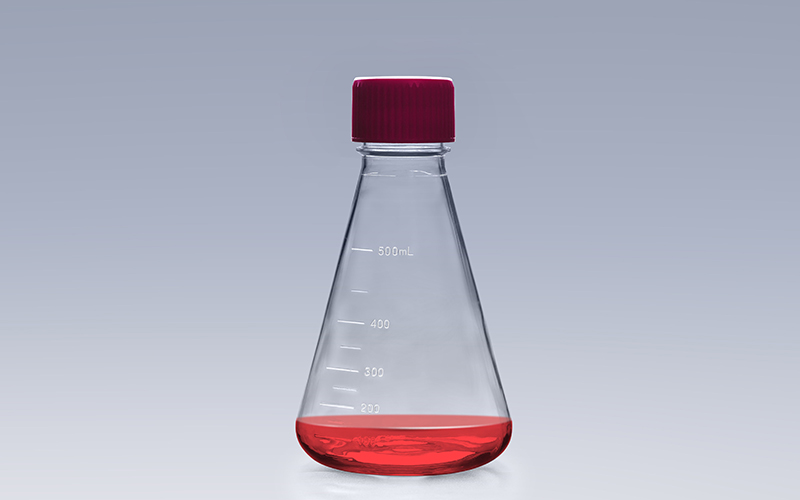Abstract
Hepatocellular carcinoma (HCC) is the most common liver cancer, with poor survival rates in advanced stages due to late diagnosis, tumor heterogeneity, and therapy resistance. The tumor microenvironment (TME) in HCC has a crucial role in tumor progression, characterized by a complex interaction of immune cells, stromal components, and immunosuppressive signaling pathways. Chronic inflammation driven by viral infections, metabolic dysfunction, and alcohol consumption triggers an immunosuppressive TME, promoting immune evasion and tumor growth. Immune cell populations, such as myeloid-derived suppressor cells, regulatory T cells, and tumor-associated macrophages, contribute to immunosuppression, while cytotoxic T lymphocytes and natural killer cells exert anti-tumor effects. Recent advances in immunotherapy, mainly immune checkpoint inhibitors (ICIs) targeting programmed death-ligand 1 and programmed cell death protein 1 and cytotoxic T-lymphocyte-associated protein 4, have revolutionized HCC treatment, though response rates remain limited. Combined therapies using tyrosine kinase inhibitors, anti-angiogenic agents, and ICIs improve patient outcomes. This review discusses the immunological mechanisms contributing to HCC progression, the role of immune cell subsets in tumor evasion, and therapeutic interventions, from conventional treatments to advanced immunotherapies. Ongoing clinical trials, barriers to effective treatment, and future directions to enhance HCC management and patient survival will also be overviewed.
Keywords:
immune cells; immunosuppression; immune checkpoint inhibitors; immune evasion; immunotherapy; liver cancer
1. Introduction
Hepatocellular carcinoma (HCC) is the common primary liver cancer, arising from hepatocytes, and represents 90% of liver cancer cases [1]. Despite improvements in treatment and diagnosis, HCC is still quite severe, with minimal survival rates, particularly in advanced stages, due to late diagnosis, tumor heterogeneity, and resistance to traditional treatments. The five-year survival rates for HCC vary significantly by stage: 25.9% to 41.7% for early-stage cases, dropping to 5.9% for intermediate-stage, and falling further to just 0.2–0.4% for advanced-stage [2]. Risk factors of HCC include chronic viral hepatitis, hepatitis B virus (HBV)/hepatitis C virus (HCV), metabolic dysfunction-associated steatotic liver disease (MASLD), and chronic exposure to alcohol, aflatoxin, and tobacco [3,4]. Besides these causal agents, several intrinsic factors, including genetic mutations, tumor microenvironment (TME), epigenetic modifications, and clonal evolution of cancer cells, also play a major role in the development of HCC [5]. Non-resolving liver inflammation is a major risk factor for the occurrence of liver cancer. About 90% of HCC patients experience chronic inflammation, leading to fibrosis, cirrhosis, and finally HCC [6]. The TME, a dynamic network of immune cells, stromal components, and aberrant signaling pathways that collectively enable immunosuppression, angiogenesis, and tumor metastasis, contributes to HCC [7]. The liver contains various immune cell populations, such as myeloid-derived suppressor cells (MDSCs), T cells, and tumor-associated macrophages (TAMs) that cluster together during tumor development inside the tumor immune microenvironment (TIME), fostering an immunosuppressive milieu. Conversely, natural killer (NK) cells, cytotoxic cluster of differentiation (CD) 8+ T cells, and proinflammatory CD4+ T cells with the T-helper type 1 (Th1) phenotype interact to prevent pro-tumor effects and provide effective anti-tumor responses [8]. Recent advances in immunotherapy, particularly immune checkpoint inhibitors (ICIs) targeting cytotoxic T-lymphocyte-associated protein 4 (CTLA-4), programmed death-ligand 1 (PD-L1), and programmed cell death protein 1 (PD-1), have revolutionized HCC treatment. However, response rates remain limited due to primary and acquired resistance. Combined therapies using tyrosine kinase inhibitors (TKIs), anti-angiogenic agents, and ICIs show potential in enhancing clinical outcomes [2]. This review provides a comprehensive overview of the immunological mechanisms involved in tumor evasion and discusses the latest advances in therapeutic interventions from conventional treatments to cutting-edge immunotherapies. A discussion of the main ongoing clinical trials, as well as challenges in treatment resistance, and future directions will be provided, highlighting the need for biomarker-driven personalized therapies to improve HCC patient survival.
The article is reprinted from MDPI, original link:https://www.mdpi.com/1422-0067/26/16/7836


The FAI climbed 5.9 percent year-on-year in the first 11 months of 2018, quickening from the 5.7-percent growth in Jan-Oct, the National Bureau of Statistics (NBS) said Friday in an online statement.
The key indicator of investment, dubbed a major growth driver, hit the bottom in August and has since started to rebound steadily.
In the face of emerging economic challenges home and abroad, China has stepped up efforts to stabilize investment, in particular rolling out measures to motivate private investors and channel funds into infrastructure.
Friday's data showed private investment, accounting for more than 60 percent of the total FAI, expanded by a brisk 8.7 percent.
NBS spokesperson Mao Shengyong said funds into weak economic links registered rapid increases as investment in environmental protection and agriculture jumped 42 percent and 12.5 percent respectively, much faster than the average.
In breakdown, investment in high-tech and equipment manufacturing remained vigorous with 16.1-percent and 11.6-percent increases respectively in the first 11 months. Infrastructure investment gained 3.7 percent, staying flat. Investment in property development rose 9.7 percent, also unchanged.
 English
English


















































